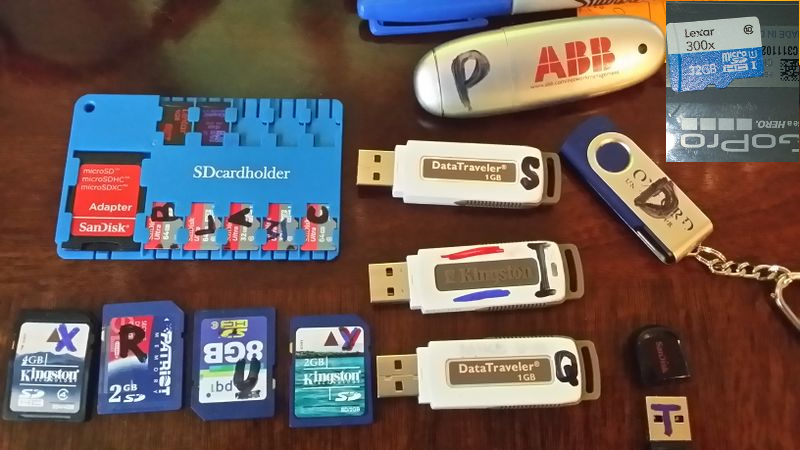Maintenance reference: Difference between revisions
No edit summary |
No edit summary |
||
| Line 559: | Line 559: | ||
** sudo apt-get install sublime-text-installer | ** sudo apt-get install sublime-text-installer | ||
** git config --global core.editor "subl -n -w" # to use sublime with -n(ew window) and -w(ait for exit) | ** git config --global core.editor "subl -n -w" # to use sublime with -n(ew window) and -w(ait for exit) | ||
* install Node.js using the "Node.js Version Manager" nvm [https://www.digitalocean.com/community/tutorials/how-to-install-node-js-on-an-ubuntu-14-04-server details] | * install Node.js (see below) then you can install npm packages rad-scripts and mah-haus | ||
* install Java (see below), then you can add to the Java stack as needed: play, sbt, activator... | |||
* run setup_for_dev.node.js to pull down all active dev repos (in progress) | |||
* hipchat hipshat | |||
sudo su | |||
echo "deb http://downloads.hipchat.com/linux/apt stable main" > /etc/apt/sources.list.d/atlassian-hipchat.list | |||
wget -O - https://www.hipchat.com/keys/hipchat-linux.key | apt-key add - | |||
apt-get update | |||
apt-get install hipchat | |||
|} | |||
{| class="mw-collapsible mw-collapsed wikitable" | |||
! Ubuntu Node.js | |||
|- | |||
| * install Node.js using the "Node.js Version Manager" nvm [https://www.digitalocean.com/community/tutorials/how-to-install-node-js-on-an-ubuntu-14-04-server details] | |||
** find the [https://github.com/creationix/nvm/releases latest nvm version] | ** find the [https://github.com/creationix/nvm/releases latest nvm version] | ||
** curl -o- https://raw.githubusercontent.com/creationix/nvm/v0.29.0/install.sh | bash | ** curl -o- https://raw.githubusercontent.com/creationix/nvm/v0.29.0/install.sh | bash | ||
| Line 571: | Line 584: | ||
*** also: You can create an .nvmrc file containing version number in the project root | *** also: You can create an .nvmrc file containing version number in the project root | ||
directory and it will default to that version | directory and it will default to that version | ||
|} | |||
{| class="mw-collapsible mw-collapsed wikitable" | |||
! Ubuntu java | |||
|- | |||
| Install Oracle JDK 8 (9 is scheduled for release in 2016) | |||
su - | su - | ||
add-apt-repository ppa:webupd8team/java | add-apt-repository ppa:webupd8team/java | ||
| Line 582: | Line 599: | ||
sudo subl /etc/environment | sudo subl /etc/environment | ||
JAVA_HOME="/usr/lib/jvm/java-8-oracle/jre/bin/java" # actually, use the path from above, of course | JAVA_HOME="/usr/lib/jvm/java-8-oracle/jre/bin/java" # actually, use the path from above, of course | ||
|} | |} | ||
{| class="mw-collapsible mw-collapsed wikitable" | {| class="mw-collapsible mw-collapsed wikitable" | ||
Revision as of 16:44, 16 March 2016
| general | ||||||||||||||||||||
|---|---|---|---|---|---|---|---|---|---|---|---|---|---|---|---|---|---|---|---|---|
|
| Ubuntu | |||||||||||||||||||||||||
|---|---|---|---|---|---|---|---|---|---|---|---|---|---|---|---|---|---|---|---|---|---|---|---|---|---|
|
| Raspberry Pi | ||
|---|---|---|
|
| OpenELEC | ||||
|---|---|---|---|---|
|
| gentoo | ||
|---|---|---|
|
| Windows | ||||||
|---|---|---|---|---|---|---|
|
| Boxes | |||||||||||||||||||||||||||||||||||||
|---|---|---|---|---|---|---|---|---|---|---|---|---|---|---|---|---|---|---|---|---|---|---|---|---|---|---|---|---|---|---|---|---|---|---|---|---|---|
|
